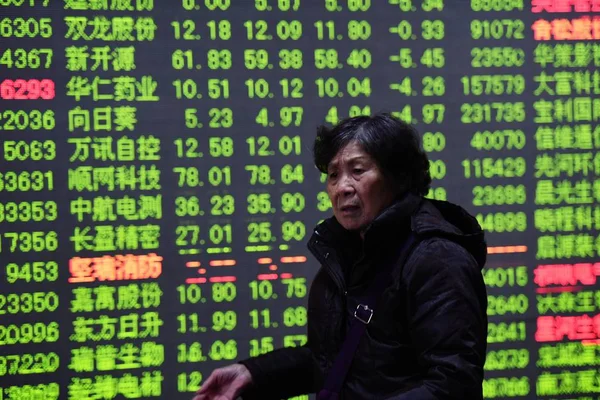By Rajat Bhattacharya, Standard Chartered- Markets are consolidating after a stellar November for equities, bonds and non-USD currencies. Volatility in US stocks has dropped close to pre-pandemic lows. The return of risk appetite has been triggered by rising expectations that major central banks are done with rate hikes and are now looking for confirmation from cooling inflation data to consider cutting rates in 2024. US and Euro area inflation data obliged this week, confirming the global disinflationary trend. While equities, bonds and the USD need to overcome key technical hurdles, tepid retail and institutional investor positioning support further upside for risk assets until the year end. However, investors will need to stay nimble, watching out for any significant economic slowdown in the coming months, especially in job markets.
Stellar November: In November, global bonds surged 5.1%, while global equities soared 9%, their best months since December 2008 and November 2020, respectively. Meanwhile, the broad USD staged its biggest monthly retreat in a year (down 3%), aiding the return of risk appetite. Our balanced asset allocation strategy has surged c.7% since the 26 October trough in risk assets, when we flagged a turning point in markets [Weekly Market View, 20 Oct: “Turning Point?”].
Disinflationary trend: The sharp turnaround in risk sentiment has been triggered by a growing chorus of central bankers signalling the end of the sharpest monetary policy tightening in more than four decades. This week, ECB President Lagarde and a host of Fed policymakers reiterated that policy rates no longer need to go higher if the disinflation trend continues (we will also be watching Fed Chair Powell’s fireside chat tonight).
This week, data showed the Fed’s preferred inflation gauge (core PCE deflator) slumped to a 2.5-year low of 3.5% in October, while the Euro area’s core inflation slumped to a 1.5-year low of 3.6%. While both measures remain higher than the
central banks’ 2% target, forward-looking indicators, such as shelter inflation in the US, base effects, falling energy prices and a growth downturn in the Euro area, point to further downside in inflation in 2024. Hence, markets are now pricing in four 25bps rate cuts by the Fed and the ECB next year.
Chart hurdles: Supportive data notwithstanding, markets still need to overcome key chart hurdles. The S&P500 index faces strong resistance less than 1% away at around 4,607. A break higher could lead to a test of 4,637, followed by January 2022’s all-time high of 4,818.6. The US 10-year bond yield is testing key support in the 4.3-4.35% region. The next support is around 4.05%. The broad USD index (DXY), meanwhile, appears to be recovering from oversold levels, bouncing back from just above the 102.3 support level. The next resistance is just above 104.
Supportive investor positioning: On aggregate, investor positioning in US equities has turned neutral after quantitative model-driven funds drove the November rally. However, positioning among retail investors and mutual funds remains tepid as both investor classes did not participate. This leaves scope for further upside in equities if retail investors join the rally into the year end and/or bearish hedge funds capitulate. The balanced mutual funds are more likely to rebalance from equities to bonds in December after last month’s sharp equity outperformance. Meanwhile, our measures of investor diversity (fractals) do not show any crowded positions in major asset classes. Our “Fear and Greed” indicator has predictably turned to “Greed” territory, but we would become concerned about this contrarian indicator only if it moves to “Extreme Greed”.
Stay invested, stay nimble, watch macro data: The above backdrop points to reasonable scope for further upside to bonds and equities after some consolidation, provided markets can overcome the chart hurdles. This argues for staying invested through a broadly diversified allocation but watching data closely. US ISM Manufacturing PMI data tonight, and US job market data next week are the next key signposts. Risk assets need modestly weaker, not sharply deteriorating activity and job market indicators, to sustain November’s stellar rally









